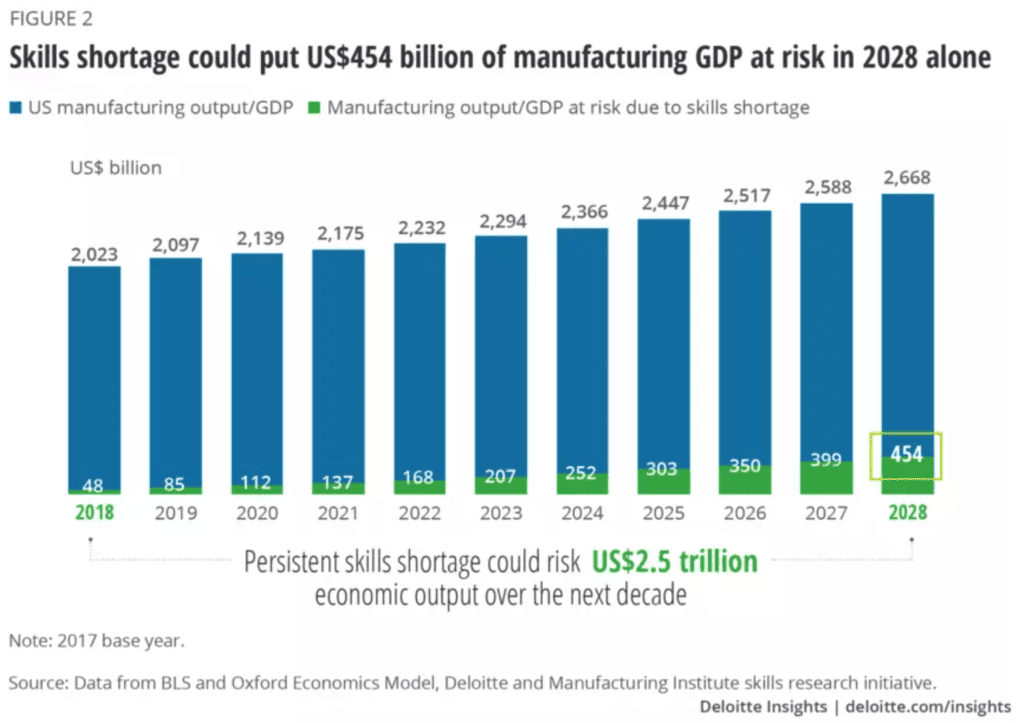In 2021, businesses will become more people-centric than ever before. Employees may be feeling isolated as some have been sequestered at home; others who are still on the factory floor need to socially distance – though they’re still physically at work, they are separated. Even as vaccines become more available, it will be a long time before employee operations return to normal, if they ever do.

Leaders are becoming more aware that if employees feel anxiety and emotional fatigue, it becomes a business challenge. If you’re emotionally exhausted you don’t bring your best self to work. Research by The Standard, a US-based insurance company, finds that 55% of workers say a mental health issue has affected them more since the pandemic began and 36% say substance issues have become more of a problem.
Leaders and companies will view relieving workers’ anxiety as a critical business responsibility. We all need a sense of stability and balance and that will require techniques such as easing isolation through technologies that enable us to still communicate and collaborate. If workers are connected with each other, it won’t matter if they’re working in different ways or from different locations; they will still be able to feel like they belong and are making a difference in their work.
Manufacturers need technology to increase worker agility
In 2021, business agility will drive a reset in manufacturing once and for all and businesses will put technology at the centre of their plans. The lack of modern digital tools for frontline workers has been apparent for some time, but COVID-19 highlighted how many businesses’ reliance on outdated, paper-based systems strained operations and their agility.
The results of a survey by my company Parsable, a globally deployed software solution for industrial workers, suggests nearly 80% of frontline manufacturing workers still rely on paper to follow instructions and track their tasks. Nearly half (47%) have not been offered mobile technology by their companies to help them work more efficiently.

Today, there may be 15 workers on the floor when there are normally 20. How do they make up the work of those other five employees? The answer is technology that creates better visibility and allows for agility. With supply chain disruptions, wholesale plant shutdowns and shifting work patterns unfortunately now common, technology to connect workers has never been more important for businesses to confirm consistency and adherence to changing standard operating procedures, keep communication lines open and ensure operational continuity.
Attracting younger, properly skilled workers is an existential crisis
In the coming year, the velocity of retirement by late-career workers will increase and this “grey tsunami” will become an existential crisis for manufacturers already faced with the fact that, by 2025, 75% of the workforce will be millennials and 2.4 million industrial jobs in the US alone will be unfilled by 2028. Manufacturers must understand the new job landscape and work to create a smooth transition for the incoming younger workforce. Urgent action is needed to digitally capture the tacit knowledge of the 30-year-plus veterans and provide modern technology to attract and retain the new generation. While there are highly accomplished, up-and-coming leaders all around the world, we can – and must – do more. Being involved in the Forum’s New Generation Industry Leaders community is a start.

This year will also see the growth of the Reskilling Revolution in an effort to combat this tsunami and provide 1 billion people with better skills, education and jobs by the year 2030. The focus on reskilling will help manufacturers become part of a skills-based system that will help fulfil the talent pool and create an environment where workers will have better access to continued education and can easily transition between roles.
Last year fundamentally changed the manufacturing industry; throughout this year businesses will need to continue working towards a more flexible environment. Through a focus on being people-centric and the prioritization of reskilling and technology adoption to support this approach, manufacturers will be set for success in 2021.








